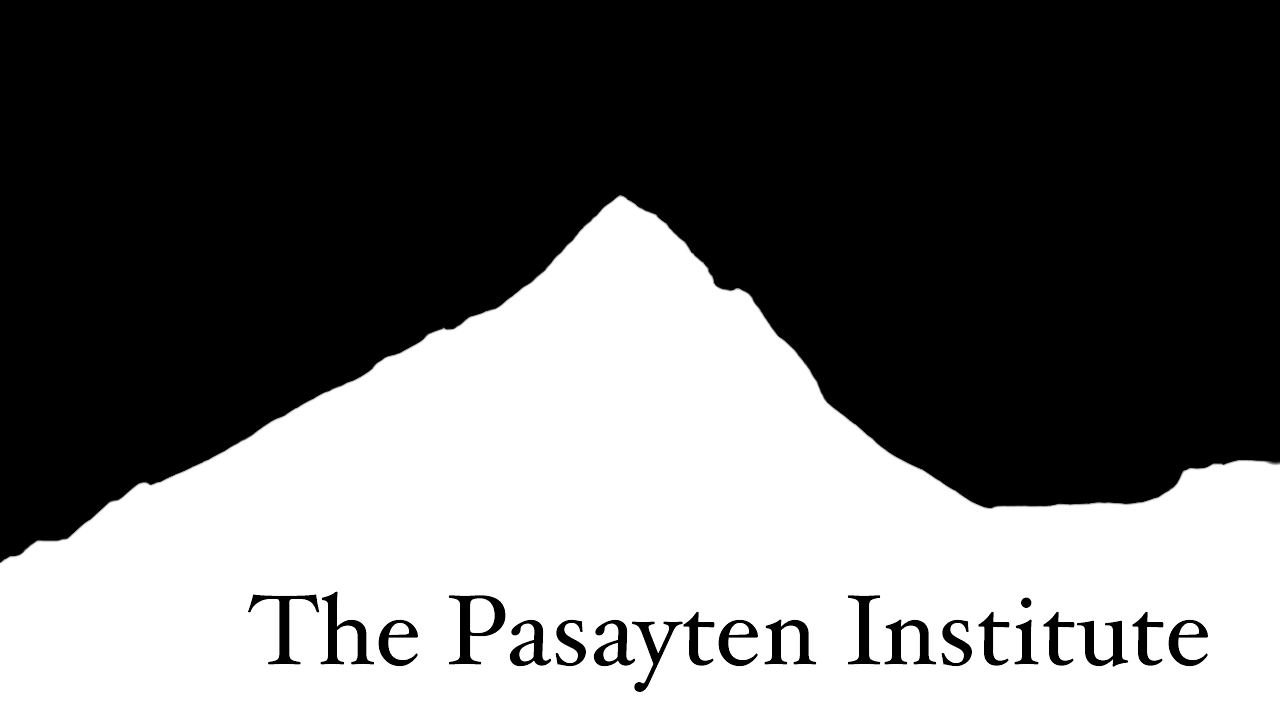07-Lie Algebras
Expanding on our discussion of the commutator and the exponential map, we introduce the concept of a Lie algebra and relate it to Lie groups.
A Summary of the Course So Far
So far in this course we’ve discussed two kinds of algebraic objects: groups and algebras. Groups are easier to define, but far more rigid in scope. For example, all group elements must have an inverse. Algebras are just a vector space equipped with a little extra structure.
Being a vector space, algebras have a zero vector, and scalar multiplication by zero can take any vector to that zero vector.
Because of this fact, zero presents an obstruction to defining a group. In many contexts we have explored, it has no multiplicative inverse.
In all of these contexts the saving grace has been the exponential map. The exponential map of the zero vector is typically a multiplicative identity. As we have seen, the image of a vector space of endomorphisms of some other vector spaces $V$ under the exponential map is the general linear group, $\mathsf{GL}(V)$.
This fact has many abstractions and refinements, and will characterize much of the (local) structure of Lie groups.
Lie Algebras
Let $V$ be a finite dimensional vector space and let $\mathsf{End}(V)$ be its associated vector space of matrices. $\mathsf{End}(V)$ is of course an associative algebra under the operation of matrix multiplication. We can make $\mathsf{End}(V)$ into a nonassociative algebra by consider the commutator as vector multiplication instead.
A Lie algebra is a vector space equipped with a bilinear bracket $[\cdot,\cdot]$ which satisfies two requirements. First, it is alternating:
$$[A,A] = 0,$$
for all $A$ in $\mathsf{End}(V)$. Second, it satisfies the so-called Jacobi Identity:
$$[A,[B,C]] + [B,[C,A]] + [C,[A,B]] = 0,$$
for all $A,B$ and $C$ in $\mathsf{End}(V)$.
The Jacobi Identity plays the analogous, structural role to that of associativity.
Any bilinear bracket that satisfies these conditions is called a Lie bracket.
Claim: The commutator of matrices is a Lie bracket.
Proof. Exercise.
A vector space with a Lie bracket is called a Lie algebra. Evidently $\mathsf{End}(\mathbb{F}^{n})$ is a Lie algebra under commutators for $\mathbb{F}$ equal to $\mathbb{R}$ or $\mathbb{C}$.
The Exponential Map
Let $\mathfrak{g}$ be a Lie algebra built out of matrices.
Proposition: The image of the exponential map of $\mathfrak{g}$ is a Lie group.
Proof. The image of the zero vector in $\mathfrak{g}$ serves as the identity matrix. The additive inverse of any element $g$ in $\mathfrak{g}$ exponentiates to a matrix $e^{-g}$. By linearity $[g,-g] = -[g,g] = 0$, as the commutator is alternating. Following the logic from our prior discussions on commutators, we have
$$e^{g}e^{-g} = \mathbb{1} + g - g + 0 = \mathbb{1}.$$
Finally we must show that the multiplication of elements is associative, $$(e^{g}e^{h})e^{j} = e^{g}(e^{h}e^{j}),$$
but this is guaranteed by matrix multiplication$^{1}$. Hence the image of $\mathfrak{g}$ is a group. Since $\mathfrak{g}$ is a vector space, it is a continuous space and therefore a Lie group. $\square$
Lie groups and their Lie algebra
Therefore, to any Lie algebra there is an associate Lie group, and visa versa. However, this relationship is not one-to-one. Many Lie groups share the same Lie algebra. Essentially, the space of infinitesimal group elements near the identity is identified with the Lie algebra of a group.
For an example of how two Lie groups represent the same Lie algebra, consider the orthgonal group of real, $n$-dimensional matrices:
$$\mathsf{O}(n) = \left\{ x \in \mathsf{GL}(\mathbb{R}^{n}) \;\Big|\; x^{\sf T} = x^{-1}\right\}.$$
The defining condition on such matrices $x$ gives
$$x^{\sf T} x = \mathbb{1}.$$
Since the transpose operation does not affect the determinant, and the determinant of a product of matrices is the product of determinants. we have
$$\det x^{2} = 1,$$
so $\det x = \pm 1$.
We can define a subgroup of $\mathsf{O}(n)$ with positive determinant, the so-called special orthogonal group,
$$\mathsf{SO}(n) = \left\{ x \in \mathsf{O}(n) \;\Big|\; \det x = 1\right\}.$$
It’s not hard to see that both $\mathsf{O}(n)$ and its subgroup $\mathsf{SO}(n)$ share the same Lie algebra.
$^{1}$: It is the Jacobi identity of the Lie bracket that affords associativity of the image of the exponential in the general case.
